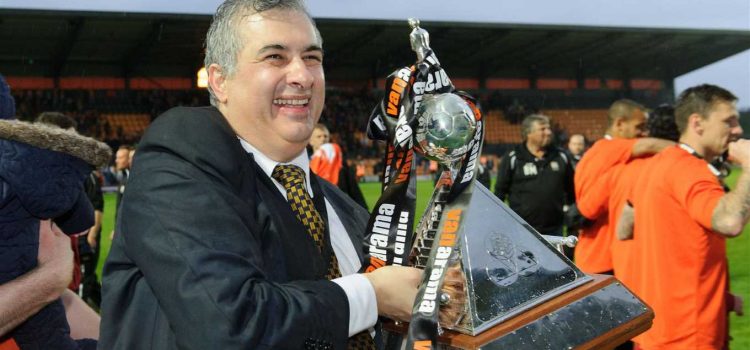Underhill, the iconic former home of Barnet FC.
The only ground in London that could be seen from the tube as it rolled into High Barnet station at the end of the Northern Line.
Whilst it served as a stadium fit for non-league football from 1907, Barnet’s progression into a Football League club during the early 2000’s saw the stadium present many issues and problems, many of the short-term ones resolved but the bigger picture saw the club’s future away from their spiritual home.
Years of trying and wrangling with Barnet Council came to a complete dead end in 2013, with Copthall and South Underhill falling by the wayside as deemed in the council’s eyes ‘not where we want a football club’.
New training ground
February that year, the Bees announced that they would be leaving Underhill and moving away from the borough of Barnet and upping sticks to Harrow, home of the club’s new and already impressive training ground, The Hive.
Built on the site of the old Prince Edward playing fields, the Bees began transforming the area around a half-built stadium previously started but not finished by non-league Wealdstone into a facility envied by clubs not just in League Two.
Training pitches, 3G 5-a-side areas, and numerous grass pitches for hire provide the club with much needed income to help Barnet compete with a majority of League Two when it comes to money.
The club also improved and finished off the stadium ready for National League football, citing a temporary arrangement whilst sites within and around Barnet were still going to be sought out.
The creation of the London Bees Ladies team soon followed and the stadium also attracted the London Broncos for a solitary season, with the rugby league side making use of Underhill for training and it’s Under 19 team.
More plans
Since the move, the Bees won the Vanarama Conference and are now establishing themselves in League Two looking to press onwards and upwards as the club and the Hive grows further in size.
The new North Stand which houses the away support towers over the rest of the complex and is an impressive addition to the stadium.
This summer, even more plans were announced by the club showing intent on staying at the Hive for longer than was first anticipated in 2013 and a return to Barnet looks very unlikely.
A new South Stand will mirror the North while the East Stand will also receive a boost in size to bring the ground capacity to 8000.
The club have already improved the hospitality areas inside the ground so now it is the turn of the outside areas, with a planned covered 3G pitch plus a multi-purpose sports hall which will bring benefit to the community as well as the club’s academy sides.
Move from Underhill was necessary
It is certainly a club making big strides off the pitch which would never have been possible in or around Underhill.
The money generated by the Hive would have been spent patching up a ground which despite its appeal, the famous slope et al, could never have been a long-term home for a progressive Football League outfit.
Supporters are still divided over where the club’s home ground should reside and there are those who have never set foot in the Hive in protest so why do the club need an 8000 capacity stadium?
Simple, Kleanthous wants progress. He doesn’t want to live in the shadow of other London clubs, he has ambition to be at the top and these plans show he certainly means business.
On the up and up under Kleanthous
He isn’t everyone’s cup of tea, but since taking over at Barnet back in 1994 as the youngest chairman in the Football League, the club has been run on an even keel despite Underhill’s limitations and now in this modern new exciting environment he has the chance to make the Bees a lasting force.
If fortunes on the pitch can match those happening off the pitch, then the club can be set for some success for years to come and just maybe those non-attending supporters might come to see what it’s all about once again.
Written by Trevor Knell
Follow Trevor on Twitter @trevk37
Like O-Posts on Facebook
You can also follow O-Posts on Twitter @OPosts

